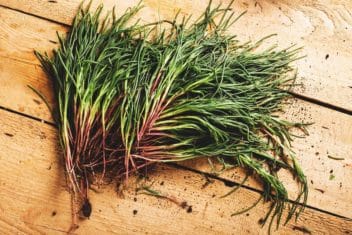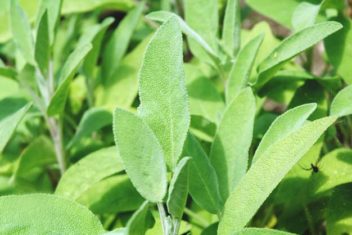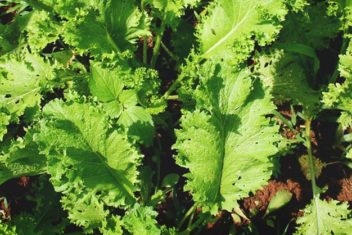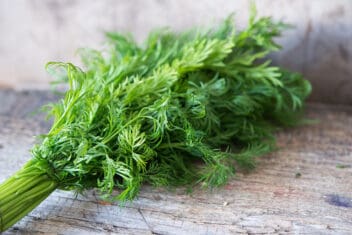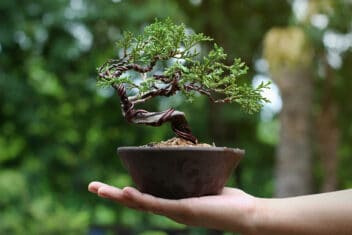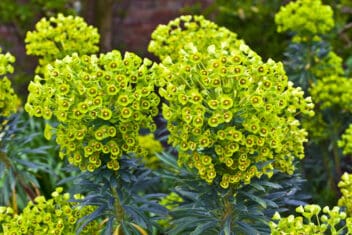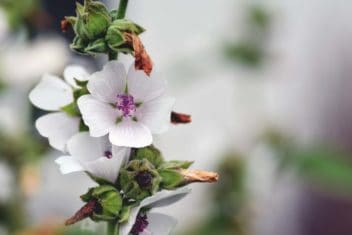Lentils are delicious when cooked in meals, but you don’t have to buy them to enjoy the delicious, nutrient-packed legumes. Growing lentils at home is totally possible. That means you can cook all of your casseroles, stews, or soups with homegrown lentils – yum!
Lentils are a cool-season legume that can be planted before your final frost date. They’re an annual crop, so you do need to plant it each year. It grows similar to peas, stretching upwards over trellis and fences.
Interested? Here’s what you need to know to get started.
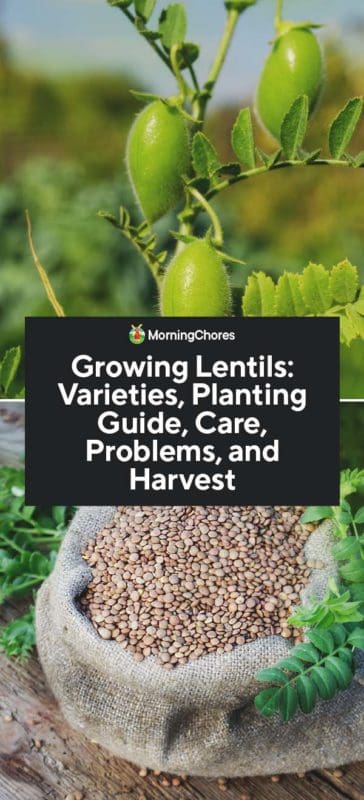
Best Lentil Varieties

There are multiple types of lentils, including French, black, red, green, brown, Pardina, and white. There are tons of different varieties, so check with your local nursery or extension to see what grows best in your area.
- Brewer: This large lentil is the brown kind you’ll commonly find in stores.
- Green Eston: As the name suggests, this is a green lentil type. It’s smaller than some other lentils.
- Laird: This is one of the most common types in western Canada. It is a large, green type.
- Red Chief: Red chief has a light tan coating and a red seed.
- Masoor: This variety has a red seed and brown coat.
- Puy: This French lentil is blue-green speckled.
- Avondale: A medium-sized green lentil, this plant has a large yield.
- Beluga: This black variety got its name because it looks a bit like caviar.
How to Plant Lentils in the Garden
If you can grow peas at home, then you can grow lentils as well. The steps are similar to growing peas or beans. Let’s take a look.
Picking the Best Spot
Lentils need loose, well-draining soil that has plenty of organic matter. You want it to be well-draining so the plants don’t get water-logged. They don’t like having wet feet.
These plants can grow in poor soil, but if you want productive plants, enriching the ground is a smart idea. It should have a pH range between 6.0 and 6.5.
For best results, add aged compost or rotted manure 2-3 weeks before planting the seeds in the garden beds.
You should plant lentils anywhere that has full sunlight. They need at least 6-8 hours each day of direct light. Also, make sure it’s not a location that quickly gets waterlogged, such as at the bottom of a slope. They don’t handle standing water well.
When to Plant Lentils
Lentils are a cool-season crop, so you want to start them before the last frost date in your area. Plan to put them outside 2-3 weeks before this date.
Something else to take into consideration is that it takes 80-110 days for lentils to mature. You need to make sure they’re planted and will be ready for harvest before the first frost date in your area.
Starting Lentils From Seeds
You can start lentils inside before transplanting them into your garden. It’s best to start the seeds 2-4 weeks before you want to put them in the garden. They don’t like to become too root-bound.
Sow the lentil seeds into your seed starting pots filled with quality seed starting mix. It takes up to 10 days for lentils to germinate if they’re in temperatures 68℉ or warmer.
Planting Lentils in the Garden
You can plant lentil seeds directly into the garden. Seeds should be planted 1-1.5 inches deep in the soil or more in-depth if the soil is dry. Space the seeds 1 inch apart.
For best results, innoculate the seeds before planting with Rhizobium leguminosarum. You need to treat the seeds before planting with an inoculant, which is a mixture of nitrogen-fixing beneficial bacteria.
Any inoculant that is labeled for peas and beans will work. This treatment helps your lentils sprout more extensions in their roots.
When you plant seeds, the rows need to be spaced 18-24 inches apart. Young lentil seedlings are frost-tolerant, so you’ll set them out in your garden 2-3 weeks before the final frost date. When your seedlings are sprout, they need to be thinned out to 4-5 inches apart.
Give the Plants Support
Lentils, just like peas, need a support structure to grow properly. Give your lentils a low trellis to climb. While you can grow without a trellis or support structure, you’ll need to increase the distance between each plant to allow for the right air circulation.
Can You Grow Lentils in Containers?
You can grow lentils in containers, but you’ll need several plants to yield a decent harvest, so it might seem a bit impractical. Another option is to use a large planting bed or a trough, such as something used for cattle. That would allow you to grow several seeds.
If you decide to grow lentils in containers, make sure that the pots are at least 8 inches deep for their root growth. You’ll also need to water more often because the soil dries out faster in containers.
Growing Lentil Sprouts
You can also grow lentils as sprouts or microgreens. This nutritional powerhouse is full of protein and adds an incredible crunch to salads or sandwiches.
Soak the seeds for 12 hours in a jar with a cloth secured over it. Then, dump out the water and leave them covered in the jar for 12 hours. Add new water and soak again for 12 hours. Repeat this process until you see the little tails sprout.
At this point, you can either dry them out and put them in a jar in the fridge. Use them within a week.
You can continue to let them grow microgreens at this point. If you opt for this method, place a half-inch of soil-less seed mixture in a tray. Add the sprouted lentils and lightly cover with a little more of the mix.
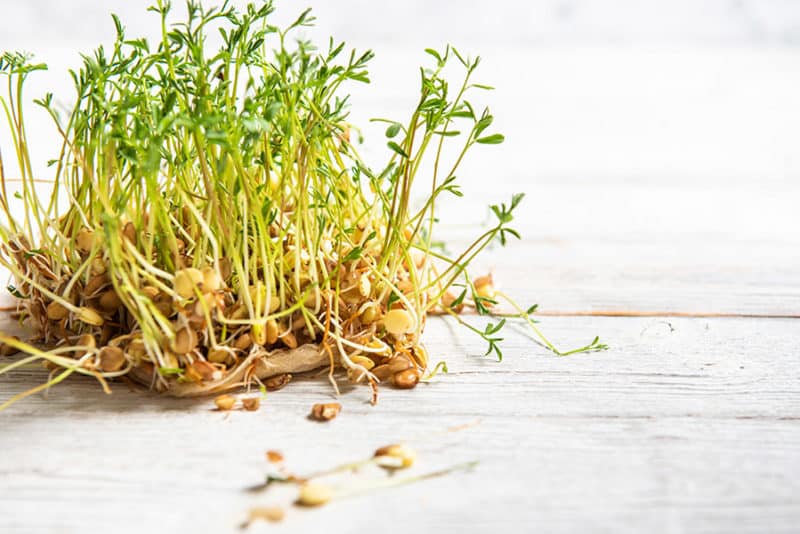
Keep the soil moist and let the greens grow until they’re a few inches tall. Then they’re ready to eat (or plant in the garden).
How to Care for Lentils in the Garden
Now that your plants are in the ground, you have to take care of them!
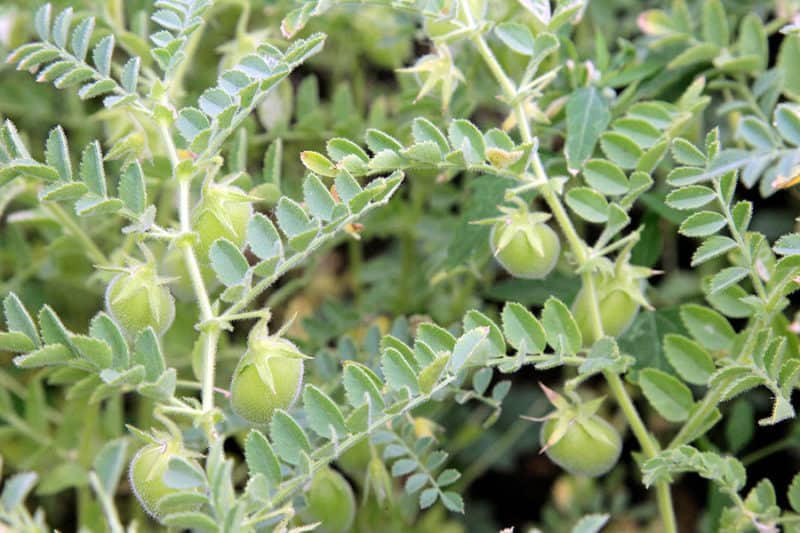
Watering Lentil Plants
The ground where lentils grow needs to be kept evenly moist but not soggy. Compared to other legumes, lentils are more drought-tolerant, but their yield will decrease in dry conditions.
Once the pods start to dry just before they’re ready for harvest, it’s time to stop watering the plants. That allows them time to dry as harvesting time gets closer.
Fertilizing Plants
When it comes to feeding lentils, the most crucial step is to adding compost to the soil before planting. Then, when the plants are around 4-5 inches tall, you can side-dress the plants with compost or use compost tea to water the plants.
Common Pests & Diseases That Bother Lentils
Lentils, as well as all legumes, are subject to a variety of pests and diseases. Pests tend to be more problematic than diseases. It’s always a good idea to rotate crops to avoid repeat infestations.
Aphids
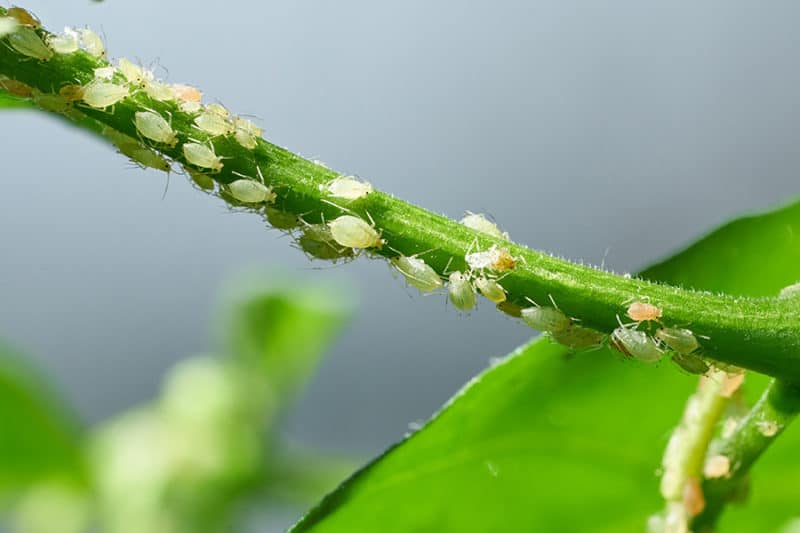
Aphids are small little pests that can be hard to spot on your plants. They like to stick to the underside of leaves, so be sure you flip the leaves over to take a look. If you spot them, try blasting them off with a hose. Some insecticides work for aphids, as well!
Cutworms
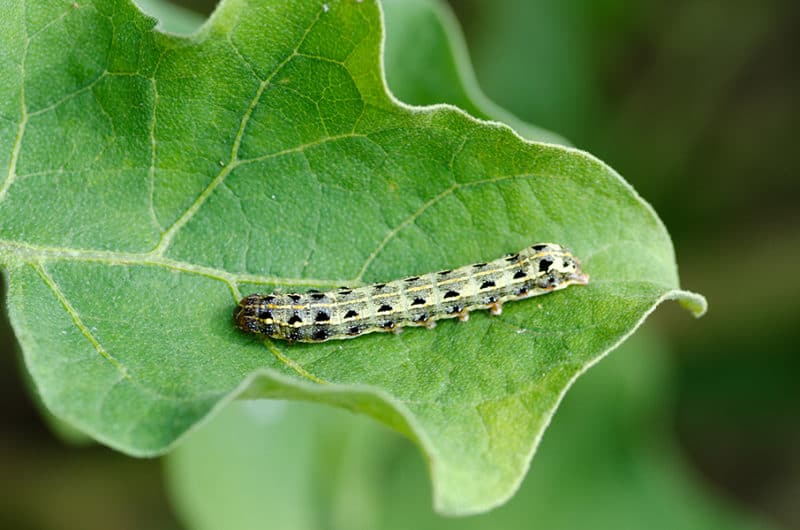
These pests can damage or sever the stems of transplants and seedlings at the soil line. They also can cause irregular holes in the surface of leaves and fruits of the plant. Most of the damage takes place at night because the cutworms hide during the day.
You can fit plastic or foil collars around the stems of plants, including 3 inches below the soil level to prevent the larvae from eating the stems. Come out at night and hand-pick the larvae off of the plants. Another option is to spray insecticides over the infested plants.
Fungus
The only serious disease problem that your plants might have is a fungus. Watch for diseases like anthracnose and botrytis. These diseases can cause reduced yields and look like irregular brown or greyish spots.
These diseases happen more frequently if you plant the seeds too close together or forget to thin the seedlings.
You can try treating the plants with copper-based fungicides to help reduce the mildew, but prevention is best.
The best prevention is to keep the seedlings spaced appropriately for maximum airflow between plants and to make sure the soil is well-draining. Also, water at the base of plants and not the tops.
Rotate your crops every 2 years and buy resistant varieties when possible.
Lentil Companion Plants
There are some great companion plants for lentils, but also a few plants you need to avoid. Don’t plant your lentils near onions or garlic.
Here are some good companion planting options:
- Potatoes
- Cucumbers
- Herbs like summer savory, basil, or chives, which repel aphids.
Harvesting Lentils
You’ll know that it’s time to start harvesting lentils when the plant turns yellow and the pods begin to turn brown. It’s similar to harvesting dried peas or beans. It takes 80-110 days to harvest lentils as a dried plant, though a few varieties take up to 130 days.
You also can eat and harvest lentils as a snap bean. If that’s your plan, harvest 70-80 days after sowing. They’ll still be green at this point, but they taste amazing.
When you harvest the lentils, be sure to hold the stem and gently pull the pod. You don’t want to snap the entire stem. You also could use gardening scissors to clip off the pods.
If you plant to dry them, lay them out in the sun or in an area with good circulation in a single layer. You can also bundle and hang plants to dry, but if you go this route, be sure to cut the pods with a bit of stem attached.
Thrash the lentils by rubbing them between your hands until the seed separates from the stem. Winnow the remaining seeds and chaff by turning on a fan and pouring the lentils from one buck to another until all the extra stuff blows away, leaving just the seeds.
Storing Lentils
If you harvest the unshelled, green pods, store the lentils in the refrigerator for one week. Make sure you have plans to cook them soon, they won’t last much beyond a week.
Dried lentils can be stored in a cool, dry place for 10-12 months. Some store the beans in closed, glass jars, but you also could seal them in mylar bags for even longer storage if you use oxygen absorbers.



